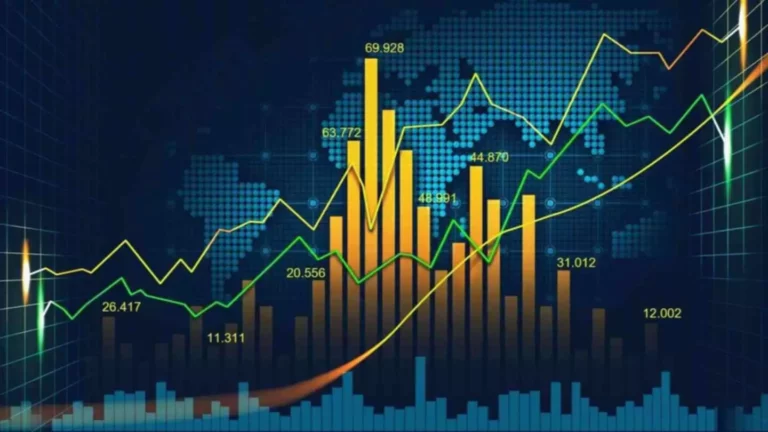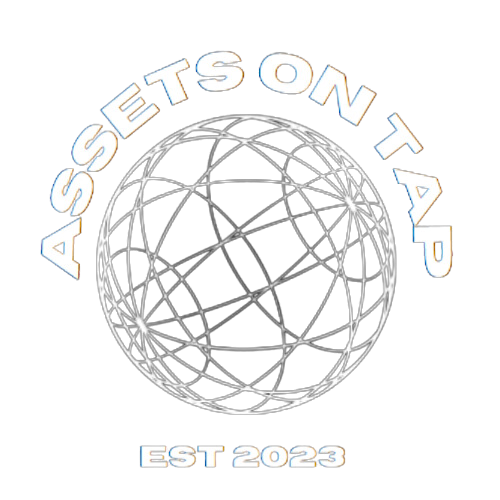What is CFD trading? Definition, Risks, Pros & Cons
All forms of margin trading involve financing costs, in effect the cost of borrowing the money for the whole position. The asset may be shares of stock, a market index, a commodity or other financial instrument. Trading in CFDs is also known as spread trading, because those who trade them have https://www.xcritical.com/ to pay the difference – known as the spread – between the buy and sell prices. CFDs allow traders to speculate on the future market movements of an underlying asset without actually owning it. The first trade creates the open position, which is later closed out through a reverse trade.
The main difference between trading contracts for difference and share trading is that when you trade a CFD, you speculate on a market’s price without taking ownership of the underlying asset. In contrast to share trading, where you are actually gaining ownership over the underlying stock. If the underlying asset experiences extreme volatility or price fluctuations, the spread on the bid and ask prices can be significant. Paying a large spread on entries and exits prevents profiting from small moves in CFDs decreasing the number of winning trades while increasing losses.
Speculative Trading and Investment Opportunities
CFDs are agreements between a buyer and a seller to exchange the difference in value of a specific asset from the time the contract is opened to the time it is closed. Discover how the latest features can improve your market understanding and analysis. These apps enable you to access the markets from the palm of your hand, wherever you go. Download today to manage your trades in seconds, view your trading accounts and access live currency rates. Traders use a smaller portion of their own capital when opening a position, which allows for potentially bigger returns. That said, it’s important to remember that leverage carries the same potential to increase losses as it does to boost profits.

The costs of the CfD scheme are funded by a statutory levy on all UK-based licensed electricity suppliers (known as the ‘Supplier Obligation’), which is passed on to consumers. Contracts for Difference (CfD) are a system of reverse auctions cfd liquidity providers intended to give investors the confidence and certainty they need to invest in low carbon electricity generation. CfDs have also been agreed on a bilateral basis, such as the agreement struck for the Hinkley Point C nuclear plant.
Dive deeper into strategies that FX and CFD traders love to work with
If you think the price of an asset will rise, you would open a long (buy) position, profiting if the asset price rises in line with your expectations. A contract for difference (CFD) is a type of financial derivative in finance. This guide has everything you need to know about CFD trading explained in simple terms. Commission charges – These are commissions that CFD brokers often charge for the trading of shares.
Although it’s no secret that CFDs can be extremely risky instruments, especially for traders, there are a number of ways to reduce the risk and increase the chances of making profitable trades. In simpler words, don’t invest all your money in a single asset or single trade. The best way to begin your trading journey is by investing small amounts of money in various markets. Diversifying your trades is a great way to avoid extreme losses and increase market exposure.
MINIMUM DEPOSIT
For example, say you hold £5000 worth of physical ABC Corp shares in your portfolio; you could hold a short position or short sell the equivalent value of ABC Corp with CFDs. Then, if ABC Corp’s share price falls in the underlying market, the loss in value of your physical share portfolio could potentially be offset by the profit made on your short selling CFD trade. You could then close out your CFD trade to secure your profit as the short-term downtrend comes to an end and the value of your physical shares starts to rise again. With the advent of discount brokers, this has become easier and cheaper, but can still be challenging for retail traders particularly if trading in overseas markets. Without leverage this is capital intensive as all positions have to be fully funded. CFDs make it much easier to access global markets for much lower costs and much easier to move in and out of a position quickly.

Here at CAPEX, we allow traders to trade CFDs in a secure environment with the help of advanced tools and features, plus a user-friendly trading platform that includes a CFD demo trading account feature. Once youâve decided what kind of CFD youâre going to trade, itâs time to decide on your position. Put simply, if you think the price of your asset will go up you can open a long position (buy), or if you think the price will fall you could open a short position (sell). Alternatively, discover which markets are hitting the headlines by following the latest market analysis reports and videos. You can discover the particular specifics of each CFD by visiting a brokerâs contract specifications page, where you can find out about instrument leverage specifics and competitive trading costs. Exercise caution when trading CFDs on assets that have a history of being highly volatile.
Choose the best trading platform
Spread – The spread is the difference between the bid and ask prices for a security. When buying, traders must pay the slightly higher ask price, and when selling they must accept the slightly lower bid price. The spread, therefore, represents a transaction cost to the trader, since the difference between the bid and ask prices must be subtracted from the overall profit or added to the overall loss. Since oil prices are highly volatile, Joe understands the risks involved in opening a position in such an asset. However, he thinks he stands a chance to make some profits from the trade.
There are always two parties to a CFD, a “long position” (the buyer) and a “short position” (the seller). CFDs are offered by brokers who may act as one of the two parties. CFDs are different from options and futures available in the U.S. because there is no expiration date, there is no standard contract size, and contracts are individually negotiated. Also, while CFDs can be traded on individual stocks, they can also be based on the value of assets such as commodities, indexes, foreign exchange and Treasury notes.
Choose your platform
Operating under an FCA license, Ec Markets offers margin spot forex and CFD instruments in precious metals, indices, and crude oil. It primarily functions as an execution-only trader brokerage of CFDs and rolling spot forex. A CFD is a financial derivative that allows traders to speculate on the price movement of the underlying instrument, without the need for ownership of the instrument. Almost any type of financial asset can be traded using CFDs, including stocks, indices, commodities, currencies, and even cryptocurrencies. Additionally, regularly reviewing and adjusting risk management strategies can help minimize potential losses and protect capital in volatile market conditions.
- If the CFD is for 1,000 shares, the value of the position is $100,000.
- With the advent of discount brokers, this has become easier and cheaper, but can still be challenging for retail traders particularly if trading in overseas markets.
- Whether you’re interested in commodities, forex, ETFs, indices, bonds, blends, shares, or crypto, you can invest through CAPEX with the lowest trading costs.
- Exinity Limited is a member of Financial Commission, an international organization engaged in a resolution of disputes within the financial services industry in the Forex market.
- Your information is kept secure and not shared unless you specify.
If, however, the price falls to $150 a share, you lose $10 a share – a $1,000 loss. Contracts for difference allow you to speculate on an asset’s price movement in either direction. This means you can potentially profit not only when an asset rises in price (goes long), but also when it falls (goes short). The major CFD cost is the spread – the difference between the buy and sell price at the time you trade.
What is leverage in CFD trading?
The difference contract allows you to speculate on the financial market without ownership assets (in this example). They provide high leverage and can increase profits or losses significantly according to the investment amount. Market conditions effect many financial transactions and may increase the risk of losses. When there are not enough trades being made in the market for an underlying asset, your existing contract can become illiquid. At this point, a CFD provider can require additional margin payments or close contracts at inferior prices.
This is another way CFD trading is more similar to traditional trading than other derivatives, such as options. Two months later the SPY is trading at $300 per share, and the trader exits the position with a profit of $50 per share or $5,000 in total. If the broker becomes insolvent or fails to meet its obligations, traders may face losses.
Great! The Financial Professional Will Get Back To You Soon.
CFDs allow you to speculate on various financial markets, including stocks, indices, commodities and forex pairs. You never buy the assets, but trade on the rise or fall in their price, usually over a short period of time. CFD trading enables investors to speculate on various financial markets, such as stocks, forex (foreign exchange market), indices, commodities, and cryptocurrencies. Furthermore, it is an advanced trading strategy that experienced traders generally employ and is not allowed in the United States. It allows traders or investors to speculate on whether the price of a financial asset will rise or fall. Diversifying your trades is a great way to gain market exposure without risking all of your money at once.
